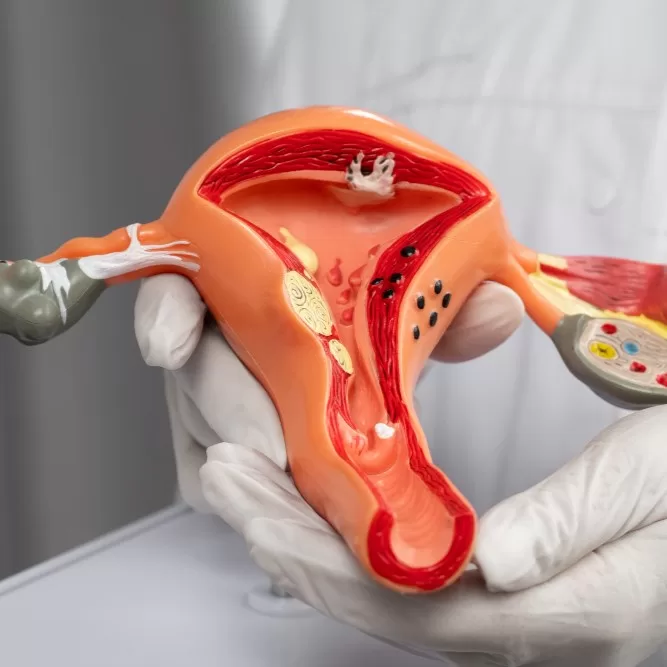The uterus, a vital component of the female reproductive system, governs crucial functions such as menstruation, pregnancy, and childbirth. However, certain medical conditions may necessitate the removal of the uterus, also known as a hysterectomy. While this procedure is not a decision to be made lightly, it can be a crucial intervention to address specific health concerns. Currae Hospital, Thane, provides comprehensive insights into when and why uterus removal surgery may be required, offering valuable information for individuals considering this option.
What is Uterus Removal Surgery?
Uterus removal surgery, or hysterectomy, is a common gynecological procedure wherein the uterus is surgically removed. This procedure may be recommended when other treatment modalities have proven ineffective or are deemed unsuitable for addressing underlying medical conditions. Despite its profound impact on a woman’s reproductive capabilities, advancements in medical technology have made hysterectomy a safe and effective procedure, often performed using minimally invasive techniques.
Types of Uterus Removal Surgery
Uterus removal surgery can be performed using various approaches, tailored to meet the individual needs of patients. Common types of hysterectomy include:
- Total hysterectomy: Removal of the entire uterus, including the cervix, while preserving the ovaries.
- Subtotal hysterectomy: Removal of the upper part of the uterus, with the cervix left intact.
- Radical hysterectomy: Extensive removal of the uterus, cervix, surrounding tissues, and possibly pelvic lymph nodes, typically indicated for gynecological cancers.
- Supracervical hysterectomy: Removal of the uterus while preserving the cervix, often recommended for non-malignant uterine conditions.
- Abdominal, vaginal, or laparoscopic approaches: Varying incision sites and surgical techniques tailored to individual patient needs.
Indications for Uterus Removal Surgery
Several medical conditions may warrant uterus removal surgery, including:
- Uterine cancer: Removal of the uterus may be necessary to treat or prevent the spread of uterine cancer.
- Uterine fibroids: Noncancerous growths in the uterus that cause symptoms such as pain and heavy bleeding.
- Endometriosis: Abnormal growth of endometrial tissue outside the uterus, leading to pain and other complications.
- Uterine prolapse: Descent or sagging of the uterus into the vaginal canal due to weakened support structures.
- Chronic pelvic pain: Persistent discomfort in the pelvic region that impacts daily activities and quality of life.
- Abnormal uterine bleeding: Excessive or irregular menstrual bleeding that cannot be managed with other treatments.
Procedure and Postoperative Care
During uterus removal surgery, patients receive anesthesia to ensure comfort during the procedure. The surgeon makes an incision, disconnects the uterus from surrounding tissues, and closes the incision with stitches or staples. Postoperative care includes hospitalization, incision care, and activity restrictions during recovery.
Benefits of Uterus Removal Surgery
Uterus removal surgery offers several potential benefits, including the elimination of menstrual cycles, relief from symptoms, improved quality of life, and prevention of cancer in certain cases.
Conclusion
Uterus removal surgery, while a significant decision, can be a life-changing intervention for individuals facing specific gynecological conditions. Currae Hospital, Thane, is committed to providing comprehensive care and support to patients considering or undergoing uterus removal surgery, ensuring personalized treatment and optimal outcomes.





